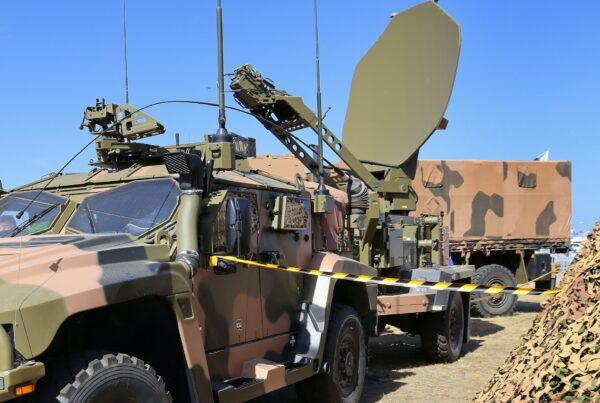The signing of a long-awaited US infrastructure bill, along with last week’s COP26 climate conference, has put renewable energy and electric vehicle infrastructure back in the spotlight. That’s big news for copper markets as, wherever charging stations, EV batteries, solar panels and wind turbines are, the red metal follows.
Though copper prices have weakened in recent months on lower economic expectations out of China, as well as the threat of stepped up supply in 2022, an increasing deployment of renewables and electric infrastructure has the potential to absorb any excess mine output in the years ahead.
Related ETFs: Invesco Solar ETF (TAN), iPath Series B Bloomberg Copper Subindex Total Return ETN (JJC), Global X Copper Miners ETF (COPX)
Front month copper futures closed yesterday near $4.40, down about 7% from 2021 highs near $4.74, but still up 25% year to date. Expectations of higher output in 2022, along with concerns around demand from China, have flattened out prices in the latter half of the year, but stepped-up deployment of renewable energy technologies and electric vehicles over the next few years has the potential to absorb any new or increased output and continue to keep the copper market tight.
Infrastructure Bill Could Boosts Copper with EV and Charging Allocations
President Biden’s signing of a more than $1 trillion infrastructure bill in the US, funding projects including bridge and highway repair, new broadband and public transportation projects, will be a catalyst in industrial metals markets for years to come.
The legislation will also set aside $73 billion of funding toward modernizing the copper-rich electric grid, including $7.5 billion to develop electric vehicle (EV) charging stations across the country – a move likely to hasten the adoption of electric vehicles. As MRP has previously noted, electric vehicles take around 83 kilograms of copper on average, while charging points need 10 kilograms of copper per unit. A team of Jeffries analysts, led by Christopher LaFemina, expects copper demand in EVs will rise to 1.7 megatons in 2030 from 170 kilotons in 2020.
The bill’s allocation to EV chargers expects to support the construction of roughly 500,000 stations, more than triple the current amount in the US, the Department of Energy estimates. Additionally, the bill contains more measures for encouraging the adoption of electric vehicles, providing tax credits for EV-buyers that could rise as high as $12,500.
MRP did a deep dive into the current state of the EV charging industry last week.
Per Bloomberg New Energy Finance (BNEF), EVs including battery electric and plug-in hybrids made up 7.2% of global car sales in the first half of 2021, up from 2.6% in 2019 and 4.3% in 2020. BNEF said 2021 is estimated to be “yet another record year for EV sales globally,” with 5.6 million sold. That is 83% higher than 2020 and a 168% increase over 2019 sales, the firm said. In North America, EVs made up 3% of sales in the first half but UtilityDive notes that 5% is possible as second half sales pick up.
Reuters reports that global carmakers now target $515 billion for EVs and batteries over the next 5-10 years, up from $300 billion just three years prior.
COP26 Lays Out Lofty Emissions Goals, Green Energy Initiatives
As Reuters notes, last week’s United Nations Climate Change Conference, more commonly referred to as COP26, should more aptly be referred to as “Copper 26” in regard to the volume of orange metal that will be needed to achieve a significant increase in green energy capacity. Per Wood Mackenzie, limiting global warming to 2 degrees Celsius above preindustrial levels implies…
To read the complete Market Insight, current clients SIGN IN HERE For a free trial, or to subscribe and become an MRP client today, START A FREE TRIAL Once you’re logged in, you’ll also gain access to:










